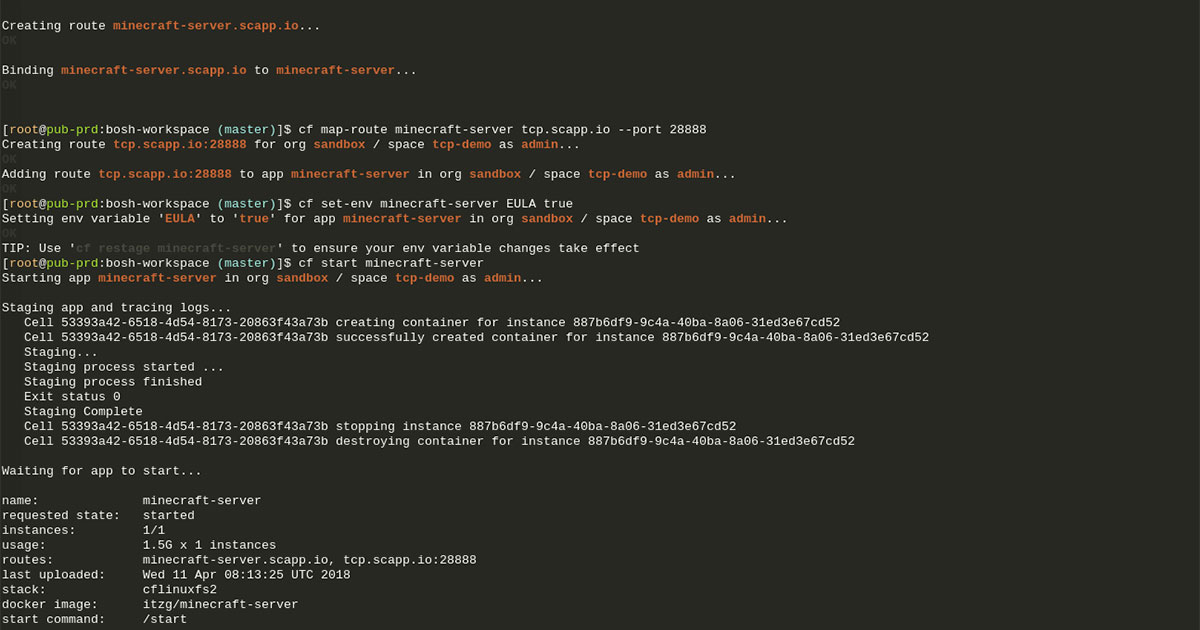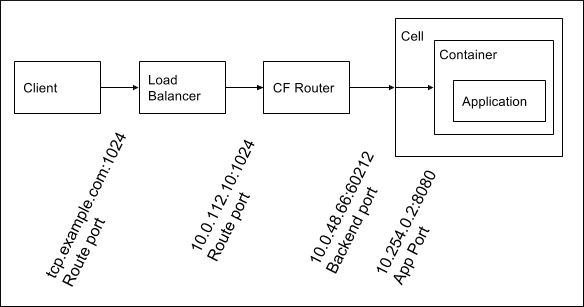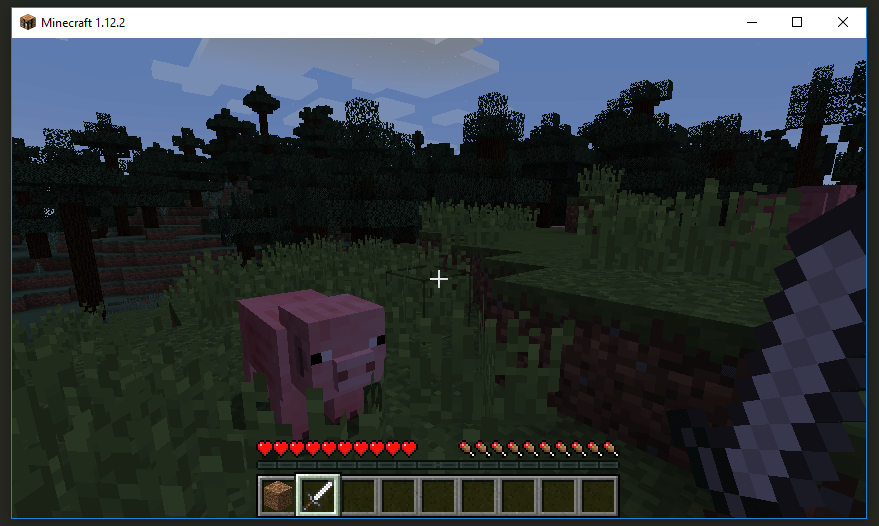App Cloud
TCP-Routing in der Anwendungs-Cloud
Die Swisscom Application Cloud, die auf dem Open-Source-Industriestandard Cloud Foundry basiert, bietet ihren Nutzern eine spannende neue Funktion. TCP-Routing, die Möglichkeit, jede TCP-basierte, nicht-HTTP-basierte Anwendung zu unterstützen und der Welt zugänglich zu machen. Schauen wir uns das genauer an und lernen, wie man TCP-Routing nutzt.




